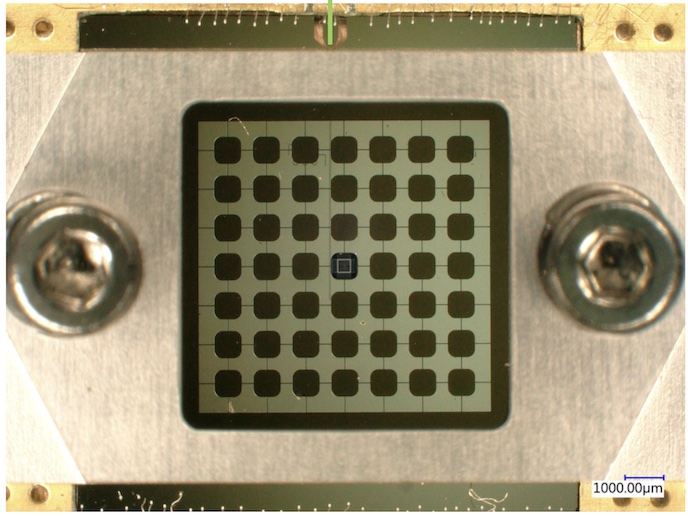New methods and algorithms for atomistic computer simulations
Over the course of the last two decades, density functional-based linear response approaches have become the de facto standard for calculating optical properties of small and medium-sized molecules. At the heart of these methods is the eigenvalue equation in the space of single-orbital transitions solution. The problem with this solution is that its quickly increasing number makes such calculations costly – if not infeasible – for larger molecules. This is particularly true for time-dependent density functional tight binding (TD-DFTB), where the evaluation of the matrix elements are inexpensive. For the relatively large systems that can be studied, the solution of the eigenvalue equation determines the cost of the calculation. To solve this problem, the EU-funded PROPAGATE project used an oscillator strength-based truncation of the single-orbital transition space to reduce the computational effort of the TD-DFTB based absorption spectra calculations. New methods of study What PROPAGATE researchers set out to do was develop advanced methods for the first principles of atomistic computer simulations and their application to such environmentally important topics as nanotechnology and biophysics. ‘What we wanted to show was that even a sizeable truncation does not destroy the principal features of the absorption spectrum, while naturally avoiding the unnecessary calculation of excitations with small oscillator strengths,’ explains Project Coordinator Thomas Heine. ‘Our argument was that reduced computational cost of intensity-selected TD-DFTB, together with its ease of use compared to other methods, lowers the barrier of performing optical property calculations of large molecules and can serve to make such calculations possible in a wider array of applications.’ During the course of its research, the project developed methods that allowed for the studying of the first-principles molecular dynamics of the ground, thermally excited and photo-excited states, along with extended simulations using hybrid methods that combined quantum and classical mechanics. These methods were then used for two applications in the fields of nanotechnology and biophysics to study the high-temperature formation and solubility of mixed metal oxide hetero particles. ‘Computer technology has become increasingly more complex, both in terms of software and hardware, and end users expect a comfortable graphical user interface (GUI),’ explains Heine. In order to keep up with modern software standards, the project used a combination of modern scripting (python) with traditional Fortran language. As to the development of the hardware, where the power of the individual CPU was only slowly increasing in the past years, a completely parallel implementation paradigm had to be followed. ‘The result is that the software could be used by GUI, but also in a command-line version that allows scripting and automated output processing,’ adds Heine. More efficient calculations The end result of this research is the successful development of new methods and algorithms for atomistic computer simulations for dynamical processes in nanoscale systems at the quantum-mechanical level. These methods and algorithms have been implemented into the ADF Modelling Suite – a modern scientific software package ready for commercialisation. ‘Due to PROPAGATE, quantum-mechanical calculations of optical spectra are computationally more efficient, faster and capable of being studied,’ says Heine. In addition, the project also developed software for the computer-aided design of such molecular framework compounds as metal-organic frameworks (MOFs) and covalent-organic frameworks (COFs) – both of which are promising new materials composed of individual molecules.







